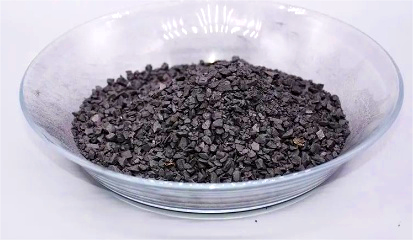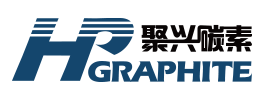【Graphitized Carburant】Applications in the Foundry Industry

【Graphitized Carburant】Applications in the Foundry Industry
What Is Graphitized Carburant?
Graphitized carburant is a ferroalloy product enriched with carbon and produced via graphitization. Due to its stable elemental properties, it is widely used in various industries, especially in steelmaking and casting. High-quality graphitized carburant is an essential metallurgical material for producing superior-grade steel. In the foundry industry, it also serves as an effective reductant and inoculant.

Graphitized carburant is widely used because of its several advantages. Firstly, it has a high absorption rate. A graphitized carburant with 80% carbon content can achieve a carbon absorption efficiency equivalent to more than 90% of coal-based carburants. It is also easy to use without requiring any additional specialized equipment. Furthermore, it effectively reduces energy consumption and shortens smelting time while quickly achieving the desired metallurgical effects.
Applications of Graphitized Carburant
Carburants are not only added to molten iron to supplement carbon, but more importantly, they act as the primary source of graphite nuclei, improving the graphitization ability of cast iron products, thereby enhancing the matrix structure and mechanical properties.
Not all carburants can achieve this effect. A qualified carburant must be carefully selected and undergo high-temperature graphitization. During this process, impurities such as sulfur, gases (N₂, H₂, O₂), ash, volatile matter, and moisture are reduced, while purity and graphitization levels are improved. This transformation changes disordered carbon atoms into an orderly structure, providing the graphitization driving force necessary for rapid dissolution into molten iron and subsequent growth into graphite during solidification.
If the carburant has not undergone high-temperature graphitization, its graphitization driving force is significantly weakened. Although the carbon content may appear similar, the final product quality differs drastically.
Therefore, high-temperature graphitized petroleum coke and graphite electrode fragments are currently ideal carburants for producing high-grade cast iron products. These materials not only meet carbon content requirements but also provide a reliable driving force for graphitization.
Usage of Carburant
1. Add in 3–5 Batches Along with Scrap Steel:
Absorption rate can reach 90–95%. (If added all at once, some of it may vaporize as furnace temperature rises, reducing absorption.)
Note:
Do not add scrap steel at the beginning. Start with pig iron, which has a lower melting point. Once the pig iron melts into molten iron, then add scrap steel (which has a higher melting point), followed by carburant.
2. Timing of Addition:
Add carburant below the induction coil; under magnetic field action, it gets stirred into the molten iron. If added above the coil, it floats on the surface and doesn't melt easily.
3. Absorption at Different Temperatures:
Molten iron: best absorption at 1400°C
Ductile iron: best at 1450°C
Molten steel: best at 1500°C
4. Avoid Direct Contact with Furnace Lining:
Prevent the carburant from corroding the furnace lining.
5. Avoid Adding with Iron Chips:
To prevent agglomeration that may hinder absorption efficiency.
Feel free to contact us anytime for more information about the graphitized petroleum coke carburant (GPC) market. Our team is dedicated to providing you with in-depth insights and customized assistance based on your needs. Whether you have questions about product specifications, market trends, or pricing, we are here to help.
No related results found








0 Replies